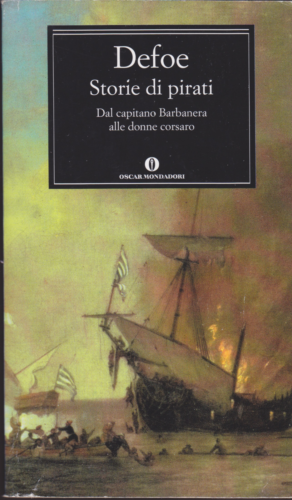
LITERATURE AND CRITICISM / LITERATURE - 19TH CENTURY / BRITISH STUDIESĮdited by Richard Ambrosini and Richard Dury Used with permission of Opaheillo Francese.

Madison, Wisconsin Cover illustration: Robert Louis Stevenson, Tullio Pericoli, 1986. Readers will find much that is fresh and much to admire in these studies devoted to the rehabilitation of an important and unjustly neglected writer.” -Dick Ringler, University of Wisconsin–Madison “The pick of the papers delivered at an international conference on Robert Louis Stevenson. The contributors to Robert Louis Stevenson: Writer of Boundaries look, with different critical approaches, at the whole range of his literary production and unite to confer scholarly legitimacy on this enormously influential writer who has been neglected by critics. While most young readers know Robert Louis Stevenson (1850–1894) as the author of Treasure Island, few people outside of academia are aware of the breadth of his literary output.

Robert Louis Stevenson: Writer of Boundaries reinstates Stevenson at the center of critical debate and demonstrates the sophistication of his writings and the present relevance of his kaleidoscopic achievements. Richard Ambrosini is professor of English Literature at the Università di Roma Tre, and Richard Dury is professor of English at the Università di Bergamo. While Stevenson’s critical recognition has been slowly increasing, there have been far fewer published single-volume studies of his works than those of his contemporaries, Henry James and Joseph Conrad. Stevenson, one of Scotland’s most prolific writers, was very effectively excluded from the canon by his twentieth-century successors, rejected by Anglo-American Modernist writers and critics for his play with popular genres and for his non-serious metaliterary brilliance. His first full-length work of fiction, Treasure Island, provocatively combined a popular genre (subverting its imperialist ideology) with a selfconscious literary approach.

Writer of Boundaries Edited by Richard Ambrosini and Richard DuryĪs the editors point out in their introduction, Stevenson reinvented the “personal essay” and the “walking tour essay,” in texts of ironic stylistic brilliance that broke completely with Victorian moralism.


 0 kommentar(er)
0 kommentar(er)
